SOME HISTORIANS CALLED THIS REGION THE TALAMANCA REBEL, DUE TO THE TREMENDOUS DIFFICULTIES THAT CONNECTED THE CONQUERORS TO SUBMIT THE INDIGENOUS TRIBES. FOR LONG YEARS MANY EXPEDITIONS CAME INTO THE TERRITORY INHÓSPITO WITHOUT FULLY ACQUIRING THE OBJECTIVE OF CONQUEST. HOWEVER, TODAY ARE A FEW THOUSANDS OF INDIGENOUS PEOPLE WHO SURVIVE.
Several dialects coexisted in the area: but according to seventeenth-century documents (1617), the most heard was the Huetar language, which shows the kinship of the Talamancan tribes with the inhabitants of the interior of the country. The Bribri, the language that predominates today, is very similar to the language spoken by the Indians of Tucurrique, descendants of huetares.
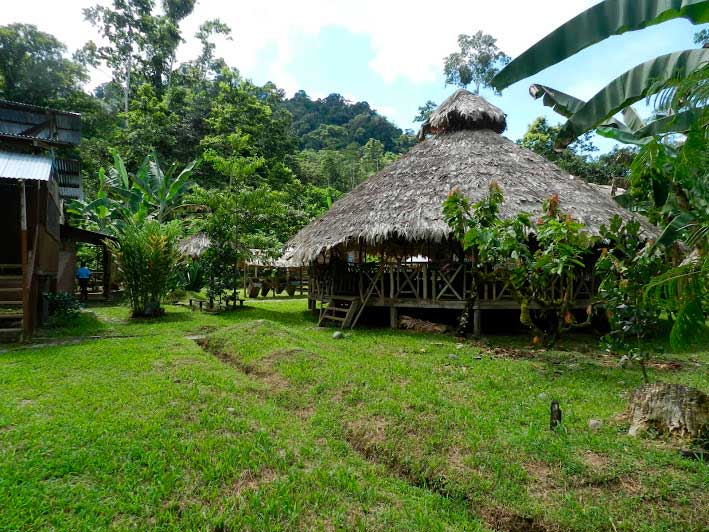
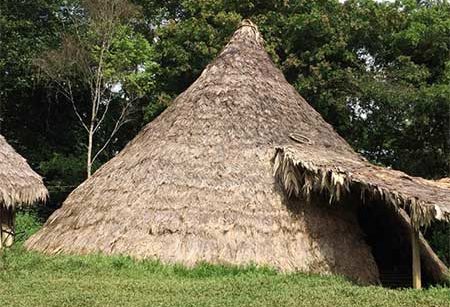
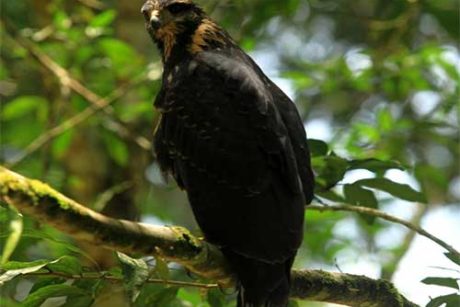
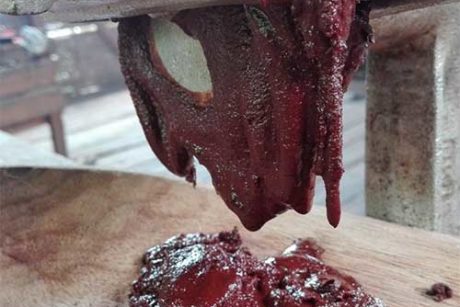
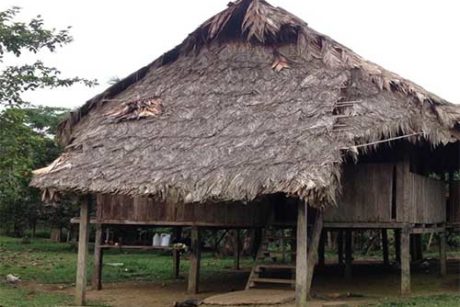
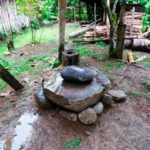 Among the many events that narrates the history of the conquest of Talamanca, stands out the uprising led by the cacique Pablo Presbere, and which had San José Cabécar as its epicenter. In this action the Indians were subdued after the uprising left several dead. Another fact that tells the story of Talamanca is the transfer of no less than 400 aborigines who were imprisoned in Cartago, with the aim of distributing them in towns such as Tres Ríos and Canjel, in the Puntarenas area. Many of the aborigines died victims of poor diet and diseases.
Among the many events that narrates the history of the conquest of Talamanca, stands out the uprising led by the cacique Pablo Presbere, and which had San José Cabécar as its epicenter. In this action the Indians were subdued after the uprising left several dead. Another fact that tells the story of Talamanca is the transfer of no less than 400 aborigines who were imprisoned in Cartago, with the aim of distributing them in towns such as Tres Ríos and Canjel, in the Puntarenas area. Many of the aborigines died victims of poor diet and diseases. In the year 1867, by means of a decree the Government of the Republic granted to the caciques of Talamanca a hierarchy of political leaders with faculties to administer justice in accordance with their customs. Talamanca was isolated for many years; it was not until the late nineteenth and early twentieth centuries that the area was joined to Limón by a railway, as the United Fruit Co. started the cultivation of bananas in the area of Baja Talamanca. This forced many indigenous people to go up the mountain. Subsequently, banana activity declined and cocoa crops were started.
In the year 1867, by means of a decree the Government of the Republic granted to the caciques of Talamanca a hierarchy of political leaders with faculties to administer justice in accordance with their customs. Talamanca was isolated for many years; it was not until the late nineteenth and early twentieth centuries that the area was joined to Limón by a railway, as the United Fruit Co. started the cultivation of bananas in the area of Baja Talamanca. This forced many indigenous people to go up the mountain. Subsequently, banana activity declined and cocoa crops were started. In the 1960s, at the beginning, an oil company opened trails to drill several wells in search of oil. Failed the attempts, the roads served so that little by little the government was enlarging them, until culminating with the current highway, that unites to Bribri, capital of Talamanca, with Limón. The canton arrived in the region in the year 1970. Today Bribri is from Limón less than an hour by car. The Bribri Talamanca Indigenous Territory is one of the four indigenous Costa Rican territories of the Bribri ethnic group. It borders the Cabécar Talamanca Indigenous Territory. It was created by decree in 19851 and is located in the canton of Talamanca, province of Limón. It covers an approximate area of 43,690 hectares of a predominantly mountainous area.
In the 1960s, at the beginning, an oil company opened trails to drill several wells in search of oil. Failed the attempts, the roads served so that little by little the government was enlarging them, until culminating with the current highway, that unites to Bribri, capital of Talamanca, with Limón. The canton arrived in the region in the year 1970. Today Bribri is from Limón less than an hour by car. The Bribri Talamanca Indigenous Territory is one of the four indigenous Costa Rican territories of the Bribri ethnic group. It borders the Cabécar Talamanca Indigenous Territory. It was created by decree in 19851 and is located in the canton of Talamanca, province of Limón. It covers an approximate area of 43,690 hectares of a predominantly mountainous area.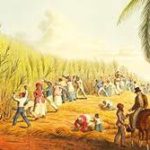 Villages: Covers the communities of Chasse, Bambú, Watsi, La Pera, Meleruk, Suretka, Shiroles, Sepecue, Mojoncito, Bajo Coen, Alto Coen, Coroma, Amubri, Soki, Kachabri, Suiri, Katsi, Dururpe, Namu Woki, Boca Uren , Alto Uren Alto Lari, Duriñak, Yorkin, Shuabb and Ak Bërie.2 It is administered by the Association for the Integral Development of the Bribri Indigenous Territory (ADITIBRI), which in turn is organized in different Neighborhood Councils of the different communities.2 The economy is based on the cultivation of banana, banana, cocoa, roots, tubers, corn and fruit trees.
Villages: Covers the communities of Chasse, Bambú, Watsi, La Pera, Meleruk, Suretka, Shiroles, Sepecue, Mojoncito, Bajo Coen, Alto Coen, Coroma, Amubri, Soki, Kachabri, Suiri, Katsi, Dururpe, Namu Woki, Boca Uren , Alto Uren Alto Lari, Duriñak, Yorkin, Shuabb and Ak Bërie.2 It is administered by the Association for the Integral Development of the Bribri Indigenous Territory (ADITIBRI), which in turn is organized in different Neighborhood Councils of the different communities.2 The economy is based on the cultivation of banana, banana, cocoa, roots, tubers, corn and fruit trees.
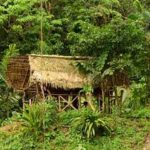 The Keköldi Indigenous Territory is one of the Costa Rican indigenous communities and one of the four of the Bribri people. It was created in 1977 and has about 210 inhabitants.1 It is located in the canton of Talamanca, province of Limón. It is located in the Talamanca-Caribe biological corridor covering some 36,000 hectares. The majority of the population speaks Bribri and Spanish at the same time. It is home to more than 210 Bribri indigenous people, who preserve their traditions, culture, language and art. They are surrounded by an abundant biodiversity since they respect nature, avoiding disturbing their balance; Various species of flora and fauna are also considered sacred.
The Keköldi Indigenous Territory is one of the Costa Rican indigenous communities and one of the four of the Bribri people. It was created in 1977 and has about 210 inhabitants.1 It is located in the canton of Talamanca, province of Limón. It is located in the Talamanca-Caribe biological corridor covering some 36,000 hectares. The majority of the population speaks Bribri and Spanish at the same time. It is home to more than 210 Bribri indigenous people, who preserve their traditions, culture, language and art. They are surrounded by an abundant biodiversity since they respect nature, avoiding disturbing their balance; Various species of flora and fauna are also considered sacred.